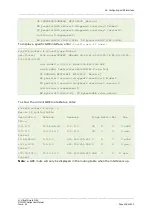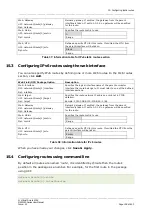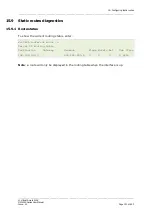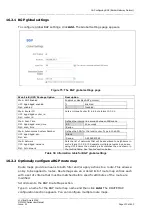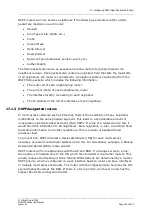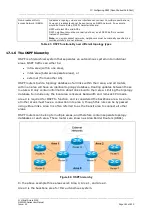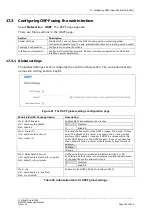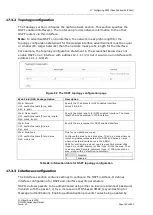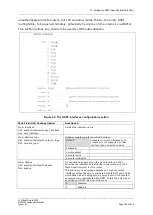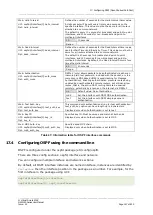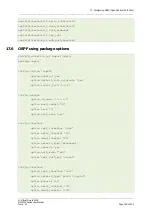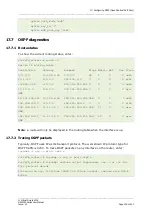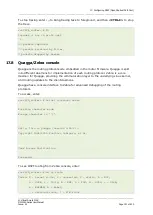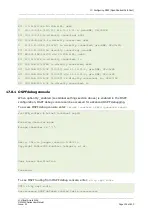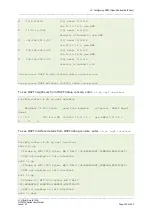
17: Configuring OSPF (Open Shortest Path First)
_______________________________________________________________________________________________________
_______________________________________________________________________________________________________
© Virtual Access 2018
GW2020 Series User Manual
Issue: 2.1
Page 138 of 423
17
Configuring OSPF (Open Shortest Path First)
17.1
Introduction
OSPF is a standardised Link State routing protocol, designed to scale efficiently to
support larger networks. Link State protocols track the status and connection type of
each link and produce a calculated metric based on these and other factors, including
some set by the network administrator. Link State protocols will take a path which has
more hops, but that uses a faster medium over a path using a slower medium with fewer
hops.
•
OSPF adheres to the following Link State characteristics:
•
OSPF employs a hierarchical network design using areas.
•
OSPF will form neighbour relationships with adjacent routers in the same area.
•
Instead of advertising the distance to connected networks, OSPF advertises the
status of directly connected links using Link-State Advertisements (LSAs).
•
OSPF sends updates (LSAs) when there is a change to one of its links, and will
only send the change in the update. LSAs are additionally refreshed every 30
minutes.
•
OSPF traffic is multicast either to address 224.0.0.5 (all OSPF routers) or
224.0.0.6 (all designated routers).
•
OSPF uses the Dijkstra Shortest Path First algorithm to determine the shortest
path.
•
OSPF is a classless protocol, and therefore supports variable Length Subnet
Masks (VLSMs).
Other characteristics of OSPF include:
•
OSPF supports only IP routing.
•
OSPF routes have an administrative distance is 110.
•
OSPF uses cost as its metric, which is computed based on the bandwidth of the
link. OSPF has no hop-count limit.
The OSPF process builds and maintains three separate tables:
•
A neighbour table containing a list of all neighbouring routers
•
A topology table containing a list of all possible routes to all known networks
within an area
•
A routing table containing the best route for each known network



